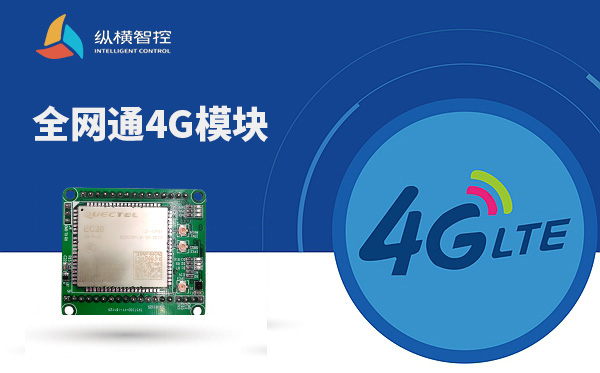The 4G module is an important carrier for connecting things and one of the core components for terminal devices to access the Internet of Things. With the development of industry, the demand for embedded devices to access the network is increasing day by day. In environments with complicated wiring or no WiFi, directly connecting to the operator’s network through a 4G communication module is a good way to access the Internet.
4G modules can be divided into 4G private network modules and 4G public network modules according to the working frequency band. 4G private network module refers to a 4G module that works in a specific frequency band (1.4GHz or 1.8GHz). It is mainly used in specific applications such as power, government affairs, public security, social management, and emergency communications. The 4G public network module, simply speaking, is a 4G module that works in a non-private network frequency band and is directly connected to the operator’s public network for data transmission.
4G modules can be divided into 7-mode and 5-mode according to the communication frequency band. Most low-end modules are 5-mode. Although they support the 4G networks of the three major operators, 3G/2G are only compatible with one operator. In addition, the 7-mode we are talking about refers to the full Netcom module, which supports the 4G/3G/2G networks of all domestic operators. It has strong versatility and high cost performance.


Which 4G module manufacturer is better? At present, there are still many brands that make 4G communication modules. Different modules can be selected according to different needs for product development. Zongheng Intelligent Control’s 4g communication module has relatively complete functions, providing multiple interfaces such as RS485/TTL/DO/DI/AI, 7-mode 16-frequency full network communication, supporting GPS positioning, and using Qualcomm chips, working stably, whether from It is a 4G communication module with great advantages in terms of price and performance.